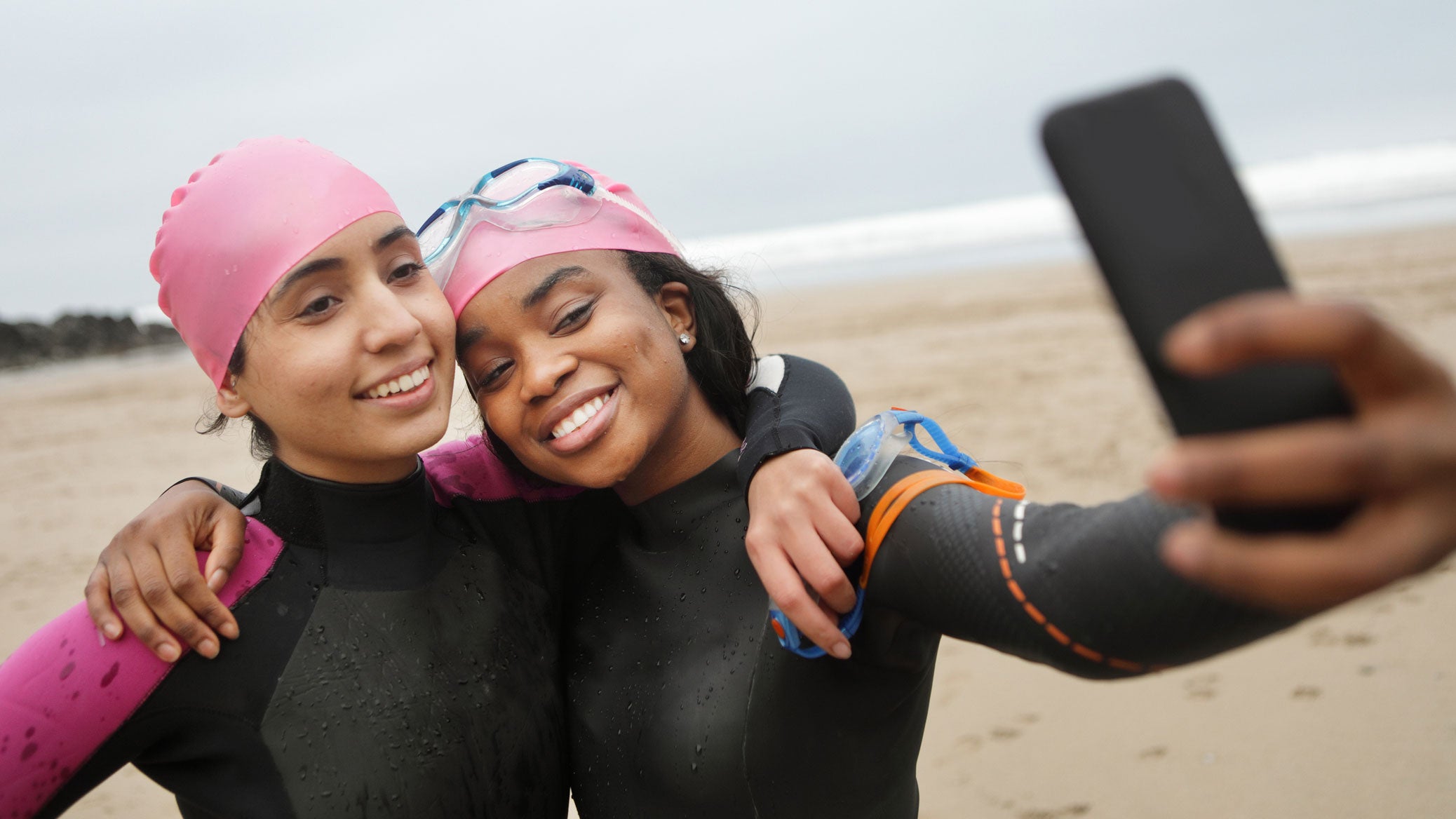Telling Women’s Stories in Triathlon

Triathlon records may be kept in the form of finishing times and bike splits, but the sport’s history is in contained in stories: Dave Scott and Mark Allen running neck-and-neck in the 1989 Iron War, Julie Moss collapsing at the 1982 Ironman World Championships and crawling the final half-mile to the finish, Alistair Brownlee giving up his chance to win WTS Cozumel to help his younger brother, Jonny.
As a history professor at Bond University and Secretary of the Australia Society for Sports History, Dr. Jane E. Hunt knows the importance of stories. In her first book, Multisport Dreaming: The Foundations of Triathlon in Australia, Hunt told many stories of how the country came to be such a powerhouse of multisport, churning out some of the best Ironman, 70.3, ITU Long Course, and Olympic triathletes in the world. The history book was well-received, but with one odd criticism: there were too many stories about women.
“One book reviewer commented on the woman-centeredness of that history, and how it contrasted most sporting histories. Yet inside I was crying, because there was so much more that I could have written about all the women involved in the sport, about their diverse and fascinating journeys, and about the strenuous effort that went into finding places for themselves and others in the sport,” said Hunt.
As Hunt reflected on the criticism, she realized the problem was not that she told too many stories about women, but that histories, including triathlon histories, tend to focus on male stories. By developing the Women In Triathlon History (WITH) Project, Hunt hopes to create equal representation in the role women have played in shaping multisport.
“Once you start looking at what women do, even when it seems like they’re ‘just’ doing their own thing, when their names are not on the Executive Boards, or in the headlines–when you simply unpack what women are doing, it is clear and obvious that women create and consolidate change. The world around us is shaped by women, as much as by men. Traditionally history has not acknowledged that,” said Hunt. “As a triathlete, an author, and historian, all of these things come together in the WITH project. I want to document, and to show, how women have shaped and continue to shape triathlon.”
Hunt seeks to create a collection of records relating to women involved in triathlon since the emergence of the sport to the present that is publicly accessible. Instead of creating a simple archive of data from race records and triathlon governing bodies, the WITH project will place agency in the hands of female triathletes past and present. Through questionnaires and interviews, women can tell the triathlon stories they want to tell. In addition to creating a public archive of material about women in triathlon, Hunt says the WITH project will be used to evaluate and inform strategies for gender equity in triathlon and, more broadly, sports and fitness.
“I am asking women involved in triathlon to tell me what is important to them,” said Hunt. “I don’t want to define the collection. I don’t want to define the story. How can I know what it is like to be a woman of colour in the US? How can I know what it is like to train while wearing a hijab, or trying to find a respectable alternative? How can I know what it is like to live in a place or time that accepts as truth that women are less able to embody notions of athleticism than men? Ultimately, I am interested in the factors that hinder and advance the involvement by women in triathlon, and the extent to which the sport has been shaped by people who identify as women despite or because of those factors.”
There are no requirements for submission. Women in triathlon who wish to share their stories may visit the WITH Project Website to complete a questionnaire, upload a digital document (such as photographs or PDFs), or record an interview via video chat. Anything shared publicly will only be done so with the consent of the contributor.
“I sincerely hope a diverse range of women participate. I hope that women of color tell their story, as well as transwomen, and women who are differently abled. I hope women who really don’t see themselves as triathletes because they think triathletes are fit and skinny will participate. I will be seeking to reach women involved in triathlon in some developing countries to see how they experience triathlon. I’m looking for age group and professional athletes, young and old, but also for coaches, businesswomen, journalists, technical officials, club committee members, women on governing bodies and race directors, and mothers, wives and supporters who have never completed triathlon, but turn up to cheer others on at every club race.”
To contribute to the story archives, visit the WITH Project website.